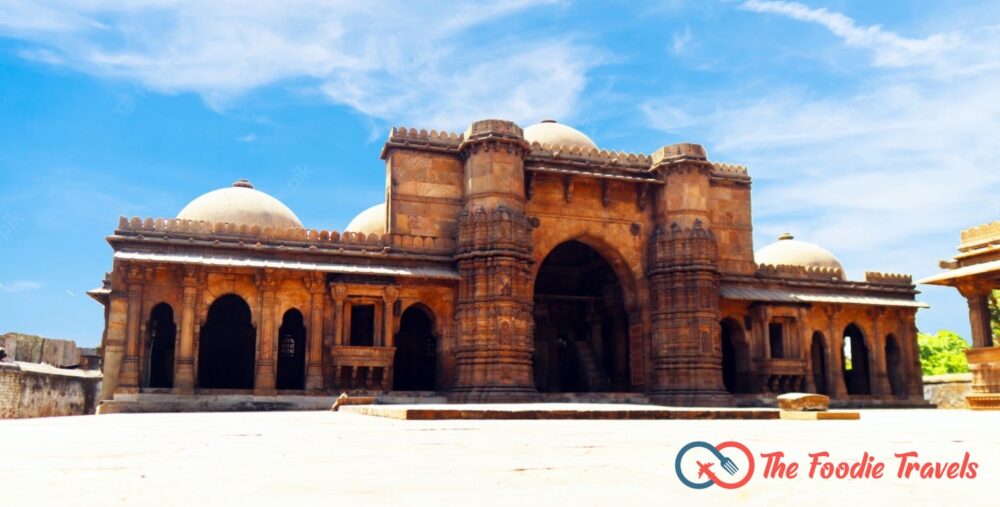Bai Harir Ni Vav is a step-well located in Ahmedabad, Gujarat. Built by Dhai Harir (Royal harem to Bai Harir Sultani) in 1485, this maze-like step-well has stepped down through five levels of carved stone columns to two small wells. The premises also hosts an old 16th-century mosque named Dai Halima Sultani masjid. Protected under the Archaeological Survey of India, is one of the most recommended tourist destinations in Ahmedabad.
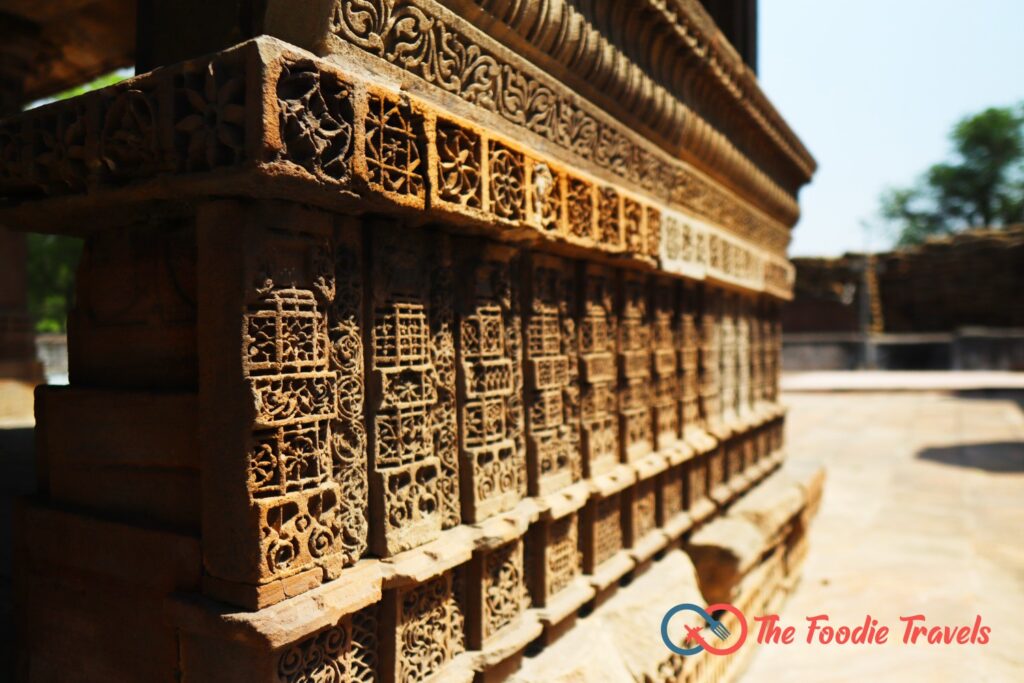
Review:
Gujarat has many step-wells like this because it’s a dry state for water and alcohol. Like other step-wells, this also was built to save water and use it for a prolonged time. The architecture of the well and the mosque is beautiful. The minute detailing of the artwork inside Bai Harir Ni Vav is carved to perfection.
The mosque hosts two graves and three marked points representing the Kaaba of Mecca. The step-well, however, seems architecturally a little different from the step-well.
This step-well is built using sandstone in the Solanki architectural style. The structure is octagonal, making it the unique step-well in the world. The motifs of flowers and illustrations are in Islamic style. It also has a blend of Hindu symbols carved at various levels of the step-well.
The Bai Harir Ni Vav was built in a very scientific way for rainwater harvesting and built-in weather control that keeps the surroundings cool even in hot temperatures. Even though the monument is damaged, it is one of the most soothing locations in the city.
Ahmedabad might have many sightseeing destinations, but Bai Harir Ni Vav is one of the top recommended. I would strongly suggest visiting this wonder and experiencing the heritage of India.
Fee: Entry Free
Photo & Videography: Allowed
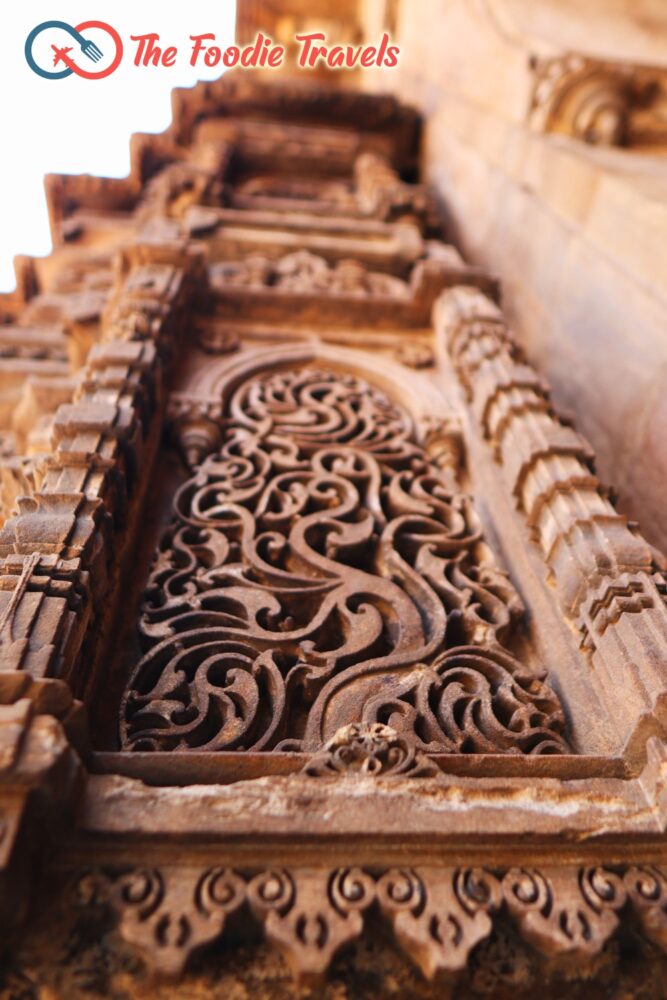
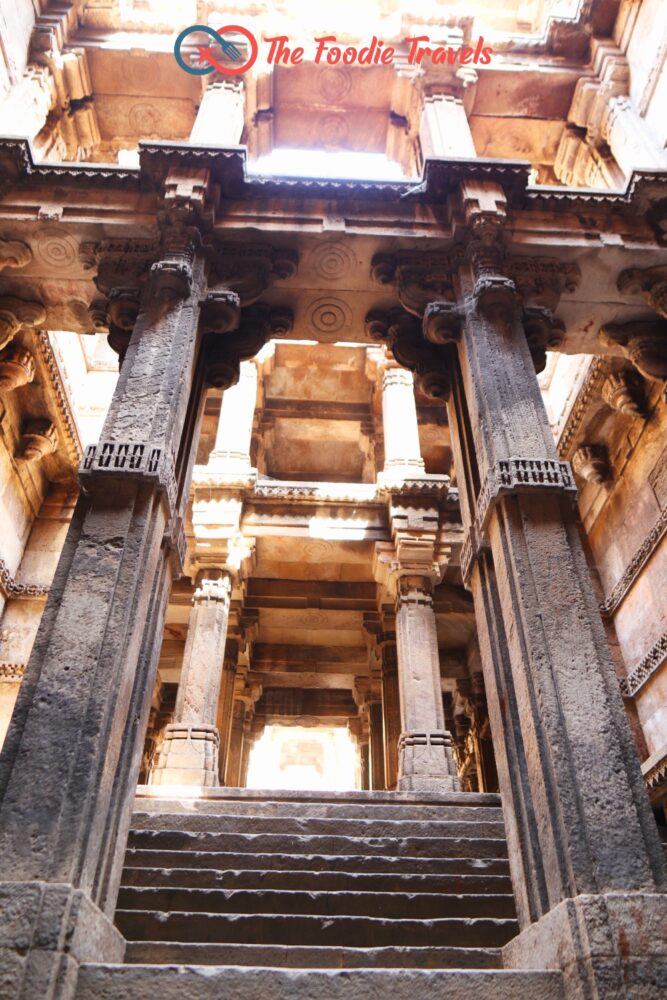

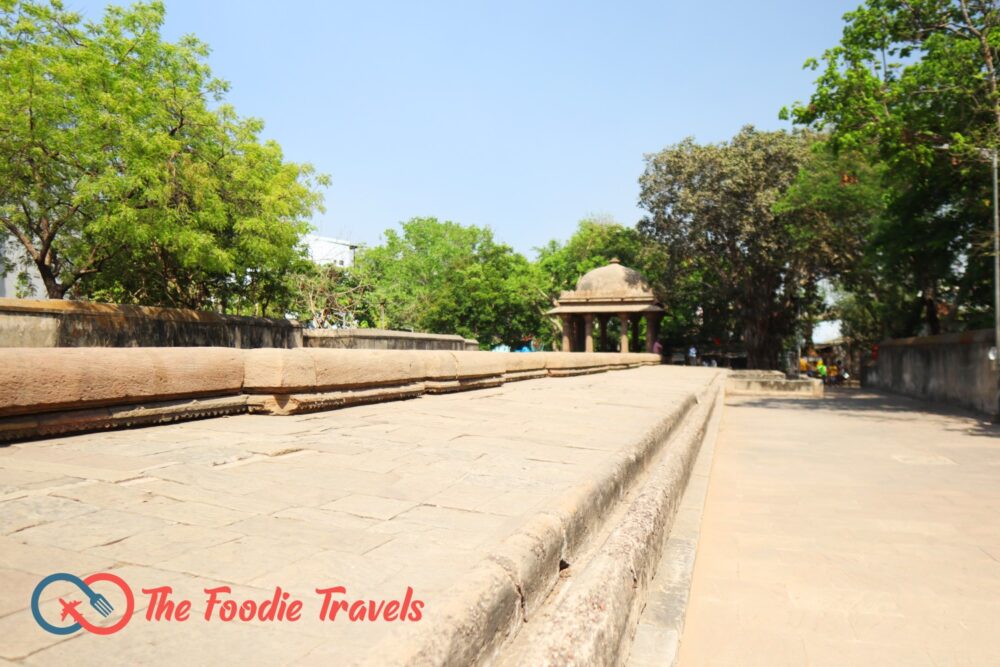
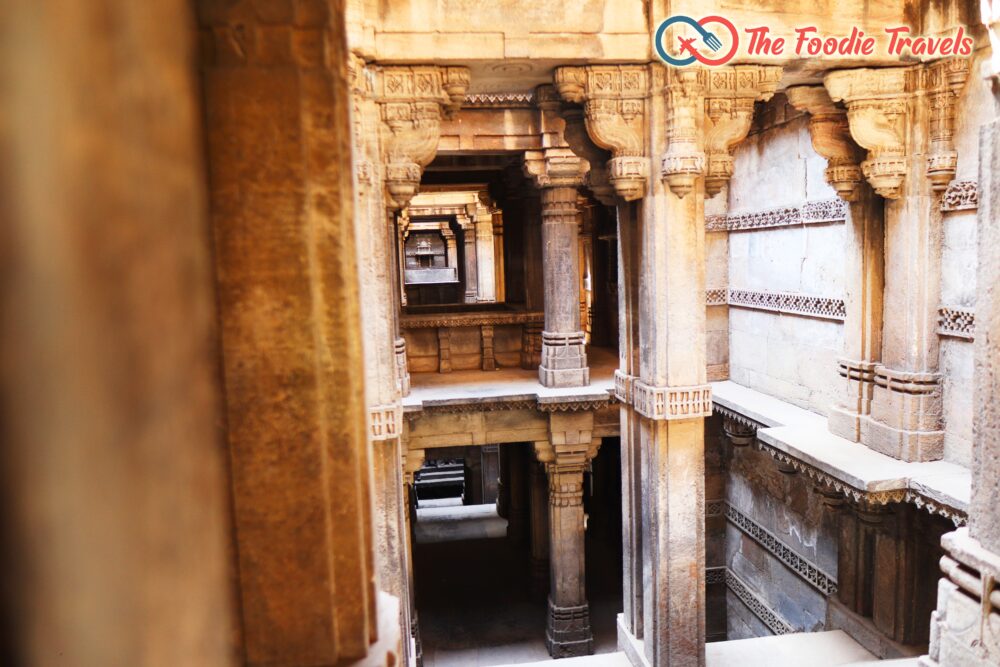
Address:
Hanumansingh Rd, Haripura, Asarwa,
Ahmedabad, Gujarat 380016


